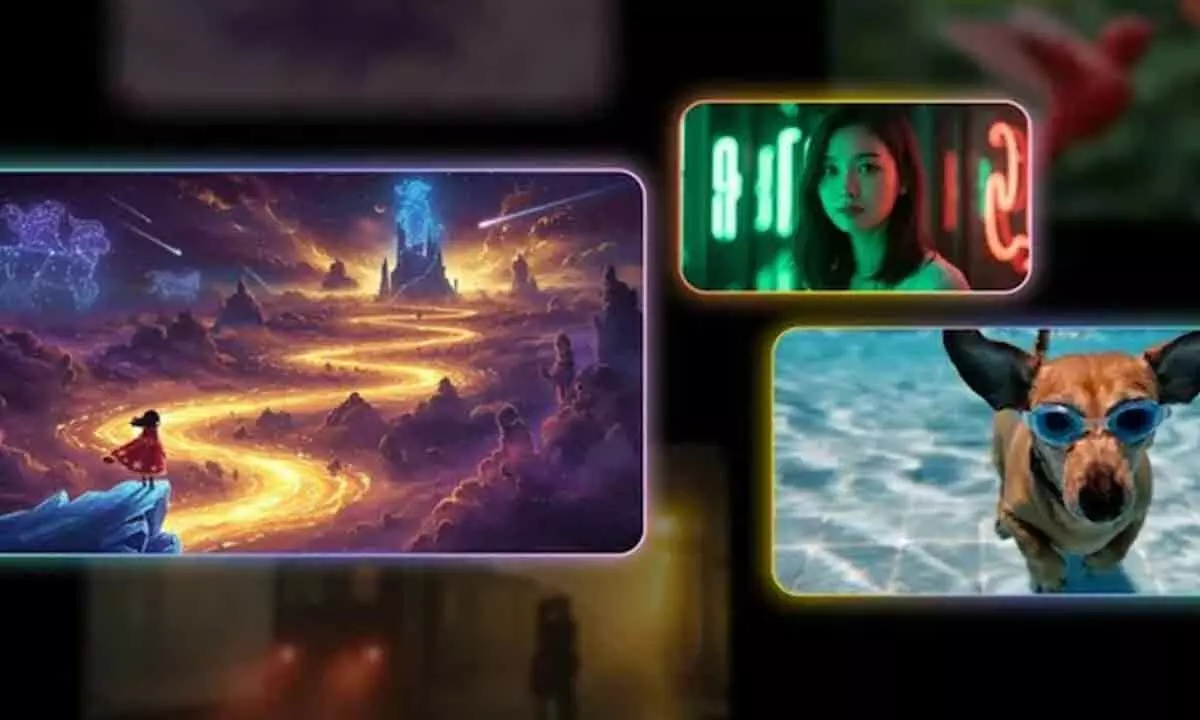Google Unveils Veo 2: A Powerful AI Video Generator to Rival OpenAI's Sora

Google introduces the Veo 2 video AI model with 4K realistic motion, Imagen 3 for vibrant visuals, and Whisk for image-based prompts.
Google has announced its latest AI advancements, including the Veo 2 video generator model, designed to challenge OpenAI's Sora and other leading platforms. The tech giant claims that Veo 2 can produce hyper-realistic videos with improved motion quality and up to 4K resolution. Alongside Veo 2, Google also introduced the Imagen 3 model for creating highly detailed images and the experimental Whisk model, which enables image-based prompts to generate new visuals. Here's everything you need to know about these powerful tools.
Google's Veo 2: A Game-Changer in AI Video Generation
Veo 2, the successor to Google's original Veo AI model, is designed to generate realistic and high-quality videos. Google shared a series of 8-second video samples created using Veo 2, showcasing impressive visuals of animals, food, and even animated human clips. According to the company, Veo 2 surpasses other video generation tools in quality and performance, as evaluated by human testers.
While Google did not directly name competitors, it is likely referring to OpenAI's Sora, Meta's Movie Gen, and other AI video platforms such as Kling V1.5 and Sora Turbo. Benchmark statistics submitted by Google suggest that users have shown a preference for Veo 2 in providing their simulation for real videos.
Google also disclosed that it is not fully consistent under complex conditions, particularly under fast-moving motion using Veo 2. Although there are lingering inaccuracies, the quality, naturalness, and resolution of the output are generally much better.
Imagen 3: Creating Brighter, More Realistic Images
Google has also introduced Imagen 3, which is the latest of its image generation models. It can now be capable enough to make images that speak by way of hues, vibrant colours, and precise textures in more great and diaphanous ways. Be it photorealistic, impressionist, abstract, or anime-like images—there will be limitless creative outputs. In fact, the highlights make Imagen 3 even more perfect for creating brilliant, lifelike images with more refined artistic styles.
Whisk: A New Experimental Tool for Image Prompts
In addition to Veo 2 and Imagen 3, Google introduced Whisk, an experimental AI tool from Google Labs. Unlike traditional models that rely on text prompts, Whisk allows users to upload multiple images to create new visuals. The tool, i.e. Whisk, features three customizable boxes, labelled as Subject, Scene, and Style. By uploading images into these fields, Whisk generates a unique image that combines all factors as necessary.
For instance, you could upload your photo in the "Subject" box, a mountain landscape in the "Scene" box, and an animated style reference. Whisk then combines these inputs to create a new image tailored to your specifications.
Google also integrates its Gemini model to write detailed captions for uploaded images, feeding these descriptions into Imagen 3 for a streamlined creative process. This allows users to remix subjects, scenes, and styles effortlessly.
Global Availability
While these cutting-edge tools are currently available to users in the United States, Google is expected to expand their availability to other markets, including India, in the near future. With Veo 2, Imagen 3, and Whisk, Google is making significant strides in AI-driven creativity, offering powerful solutions to compete with OpenAI and other industry leaders.














